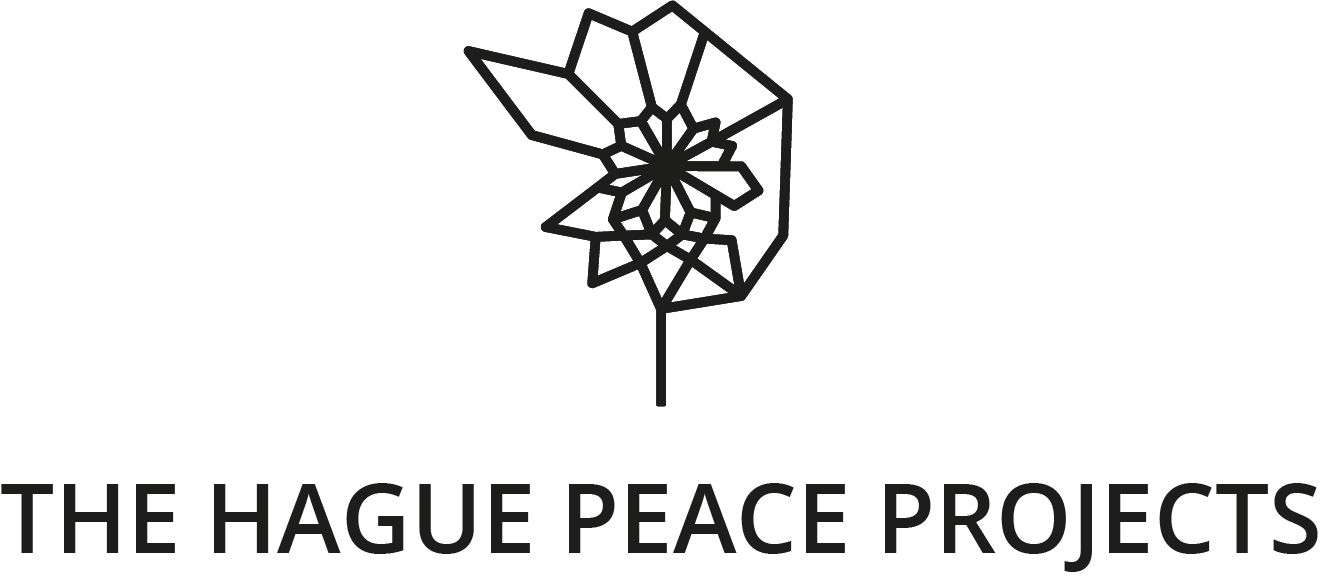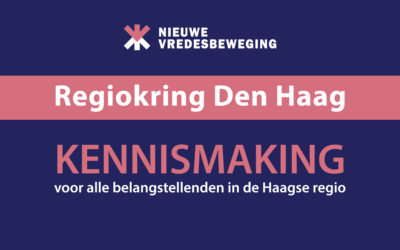Wildfires
The story behind the growing threat to our forests
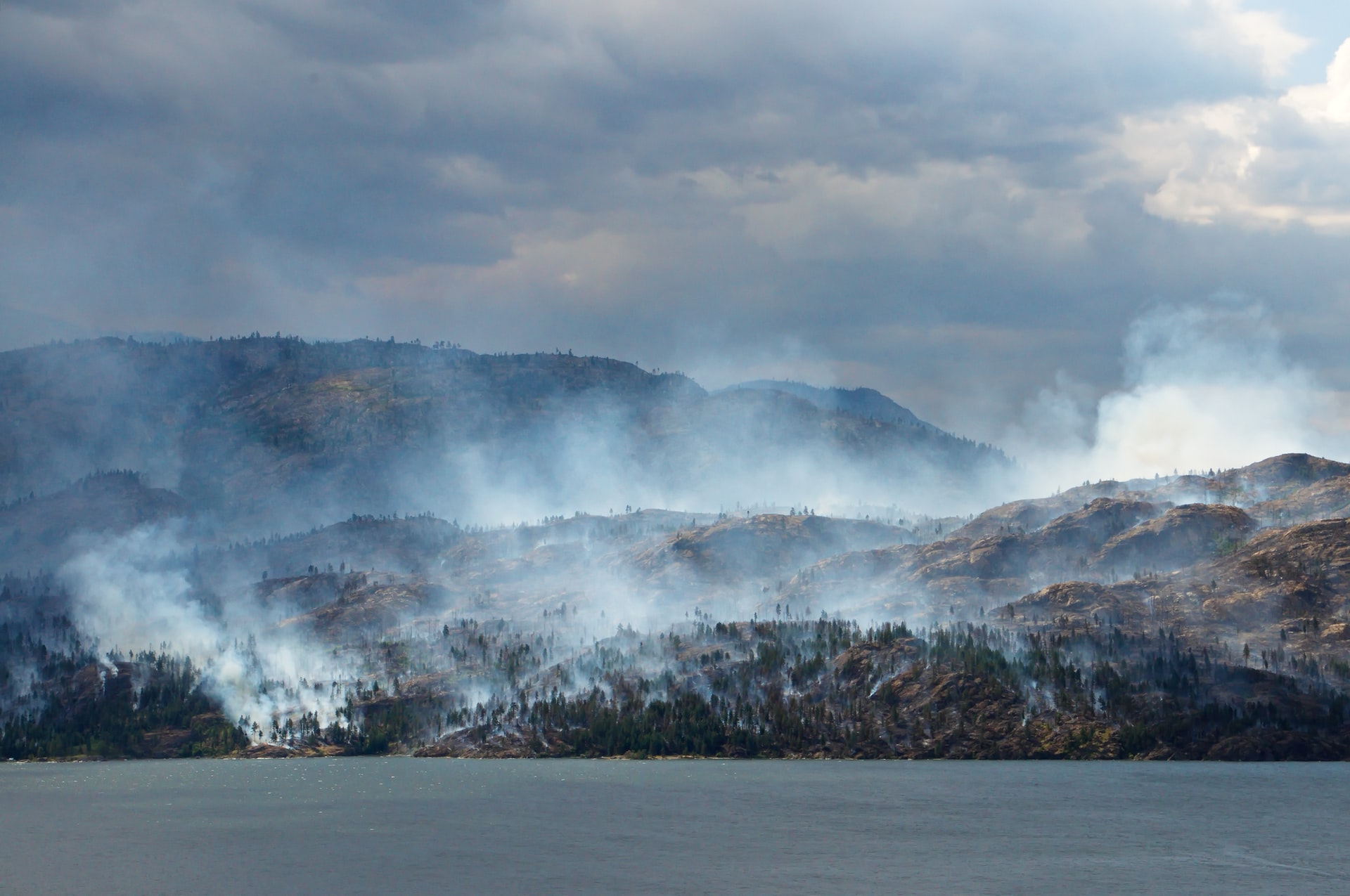
Photo by kerry rawlinson on Unsplash
Introduction
Wildfires are a common natural occurrence. Normally, wildfires remove the layer of dead plants and provide open habitats for plants and animals that are dependent on sunlight to evolve. Some plant species depend on the heat produced by wildfires to propagate, and wildfires also help to regulate pests and disease.
But if wildfires are so beneficial, why are we trying to fight them?
Mostly because too much of anything, regardless of how beneficial, can become detrimental. In the year 2020 alone, the number of fires across the globe increased by 13% in comparison to the year before. In 2021, approximately 325.000 hectares were burned between 22 July and 30 September alone.
So, while wildfires can be natural and necessary, the intensity and frequency with which they happen now is overwhelming and carries many negative consequences. Long-lasting fires prevent plant species regeneration, destroy habitats and entire ecosystems, increase the overall temperature of the planet, lead to human health complications (due to smoke inhalation) and can be deadly when they occur near populated areas.
In this article we look at what wildfires are and how they come to be. What are some of the most at-risk areas and what can we do about it?
What are Wildfires?
Generally, when we speak of wildfires, the first common cause that comes to people’s minds is global warming. While this is not an incorrect answer, it tends to disregard a more immediate cause – corporate greed and growth. The term “wildfires” is used interchangeably with “wildland fires”, “forest fires”, and “bushfires”.
But how are corporate greed and wildfires connected?
First, let us look at what wildfires are and how they come to be.
Wildfires are uncontrolled fires occurring in wildland vegetation, commonly in rural areas. They are not limited to one specific type of ecosystem – they can burn in forests, grasslands, and savannas etc.
There are certain conditions that need to be “fulfilled” for a wildfire to occur: ignition, continuous fuel, drought, and convenient weather conditions. Weather conditions refer to heat waves, wind speed, precipitation, temperature etc., while fuel refers to dead/dried fauna.
Fast Food, Fast Fashion, and Wildfires?
Notwithstanding the long-term effects of climate change, one of the most devastating direct consequences of human activity on wildfires is human-induced drought.
Human-induced drought is caused by intense human activities, some of the most notable being deforestation, agriculture/cattle raising, and poor water management.
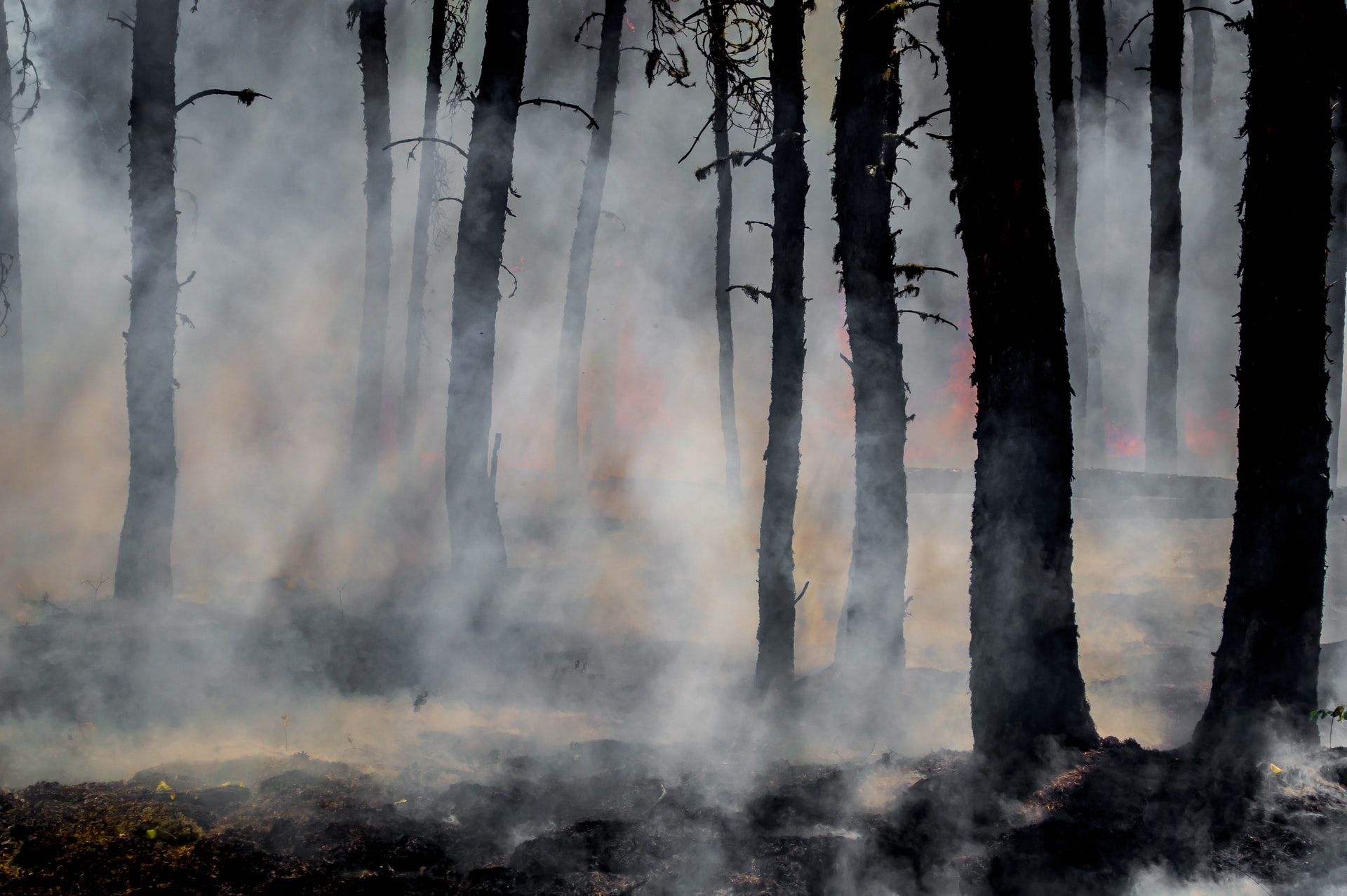
Photo by Joanne Francis on Unsplash
Currently, forests cover 31% of the land area of our planet but this is rapidly decreasing. For example, the area formed by Argentina, Paraguay, and Brazil has seen a total loss of over 5.5 million hectares per year during the period 2000 to 2015. Deforestation also increases the chances of poor weather conditions. In the Amazon Forest, deforestation has accentuated the intensity of the dry seasons, especially in the south-western area, which prolongs the duration of wildfires.
Fast food
Approximately 17% of beef and 20% of soy exports to the European Union are associated with illegal deforestation in the Amazon. Furthermore, fast food chains, such as McDonald’s and Burger King, are heavily responsible for deforestation due to their cooperation with businesses in the Amazon.
Many other companies are also responsible for the current state of our forests. For example, Cargill is an agricultural multinational which exports soy from Brazil to the United Kingdom as animal food. Cargill supplies soy from farms which engage in deforestation. According to The Chocolate Scorecard, many other international giants which are praised for their practices – such as Unilever and Starbucks, are either doing poorly in the area of deforestation (among others) or have completely refused to provide any insights into their practices.
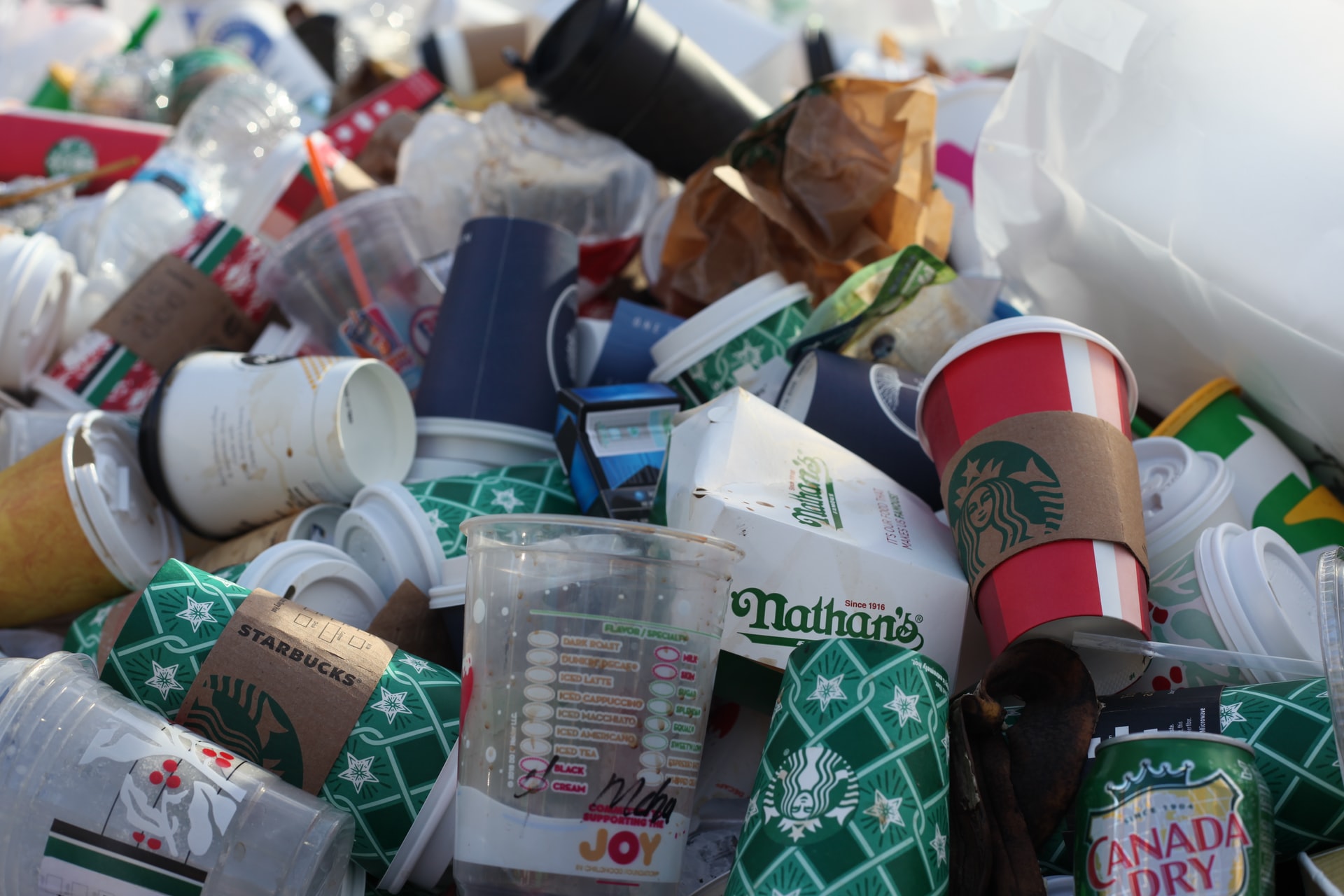
Photo by Jasmin Sessler on Unsplash
Fast fashion
We have all heard of fast fashion. Many of your favorite clothing brands fall into this category – Bershka, Zara, H&M, Forever 21, Esprit, Primark, Fashion Nova and so on. Aside from polluting and breaching labor standards, fast fashion brands are also known for poorly managing water resources.
Fast fashion brands primarily use cotton which requires a considerable amount of water to produce. They usually employ tactics of diverting water to farmland in order to supply the necessary amount of irrigation, thus causing severe drought in other areas Some of the most notable examples of these practices are the Murray-Darling basin in Australia and the Rio Grande (Mexico – USA).
You’ve seen it, we’ve seen it – areas most prone to wildfires
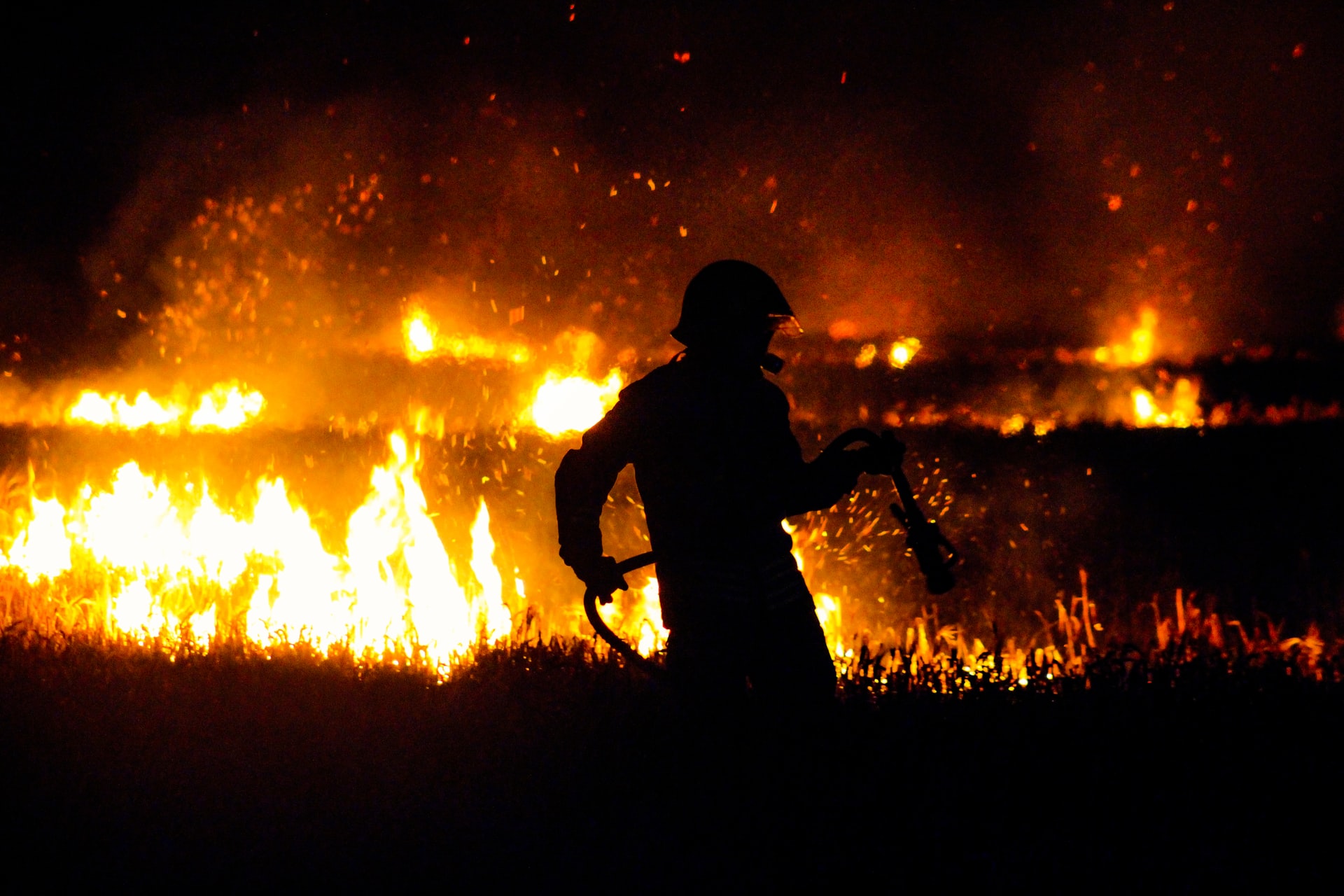
Photo by fabian jones on Unsplash
Some of the most wildfire-prone areas are California, Australia, and Lebanon. Bear in mind that these are not the only areas affected by wildfires, but the areas we selected for the purpose of this article.
California is the most wildfire-prone state in the United States and lost 1.6 million acres to wildfires in 2018. In 2022, this damage increased to 2.23 million acres, representing approximately 30% of the total acres lost to wildfires. In addition, an estimated total of two million households were found to be at risk of wildfires.
At the beginning of the COVID-19 pandemic, Australia was struck with an additional plague – bushfires. The summer of 2019 in Australia is now known as the “Black Summer” because the bushfires exceeded the damage caused by any other wildfire season – 5.68 million hectares burnt in New South Wales, 2.04 million hectares in Western Australia, and 1.58 million hectares in Victoria. An estimated three billion native animals have been lost to the fires, which has pushed some of the already endangered species one step closer to extinction and caused considerable damage to entire ecosystems.
The year 2020 has been particularly merciless to Lebanon as well. This wildfire season was the worst that Lebanon had ever seen, with flames igniting at over 2000m altitude and burning a total area of 7132 hectares. Although it might not seem as much as California or Australia, Lebanon’s loss needs to be put into perspective. The yearly average of burnt areas in Lebanon used to be one thousand hectares, meaning the wildfires took away seven times the yearly average in one season.
What is there to do?
Does this mean we need to stop eating and wearing clothes to stop deforestation, to avoid wildfires, or to eventually fight our climate crisis? The obvious answer is no.
Products nowadays can bear specific certifications; you simply need to learn what they mean. Look for products with the Forest Stewardship Council (FSC) certification which ensures that the products are sourced from responsibly managed forests. The Rainforest Alliance Certification seal ensures that the product was created without breaching any of the three pillars of social, economic, and environmental sustainability.
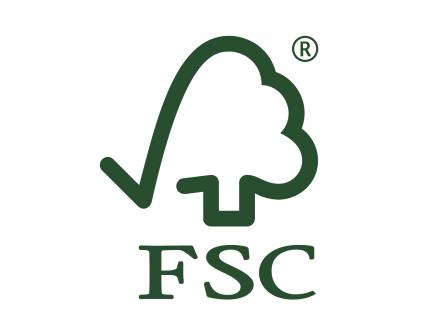
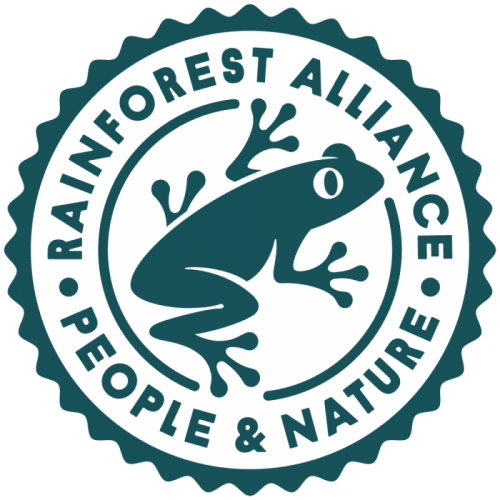
Other additional certifications you might want to look for on your products are Fair Trade Certified, Fairtrade International, and Roundtable on Sustainable Palm Oil. As for clothing, you can always check the Good on You app to see recent evaluations of brand commitments.
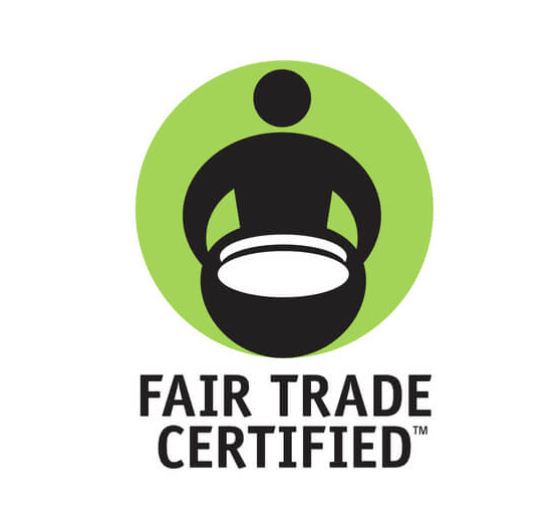
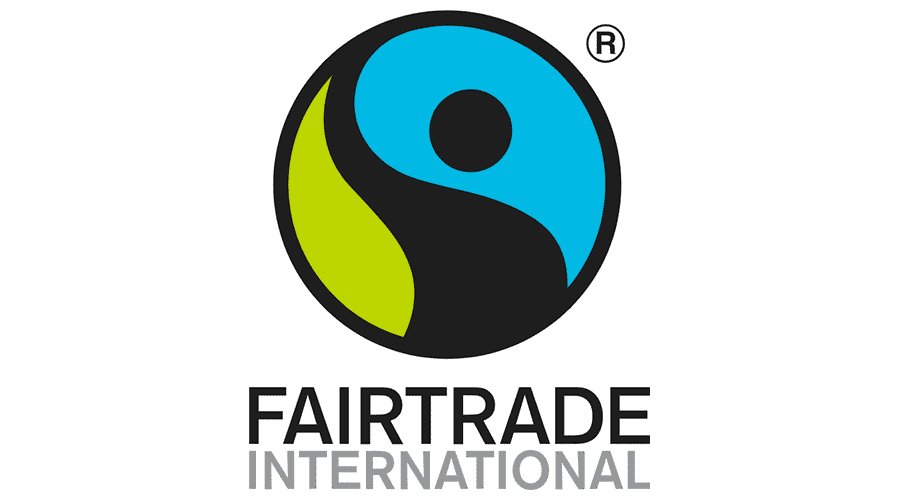
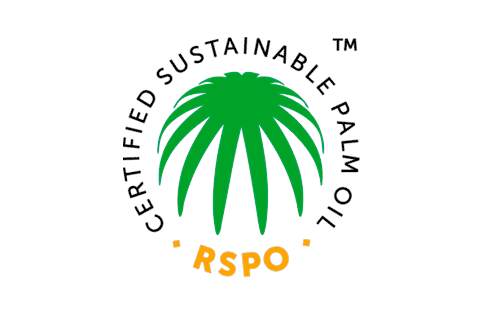
And it does not have to stop there. Hold large companies accountable and demand change! Help us to support communities and activists who are raising awareness and putting their lives at risk to fight off wildfires!
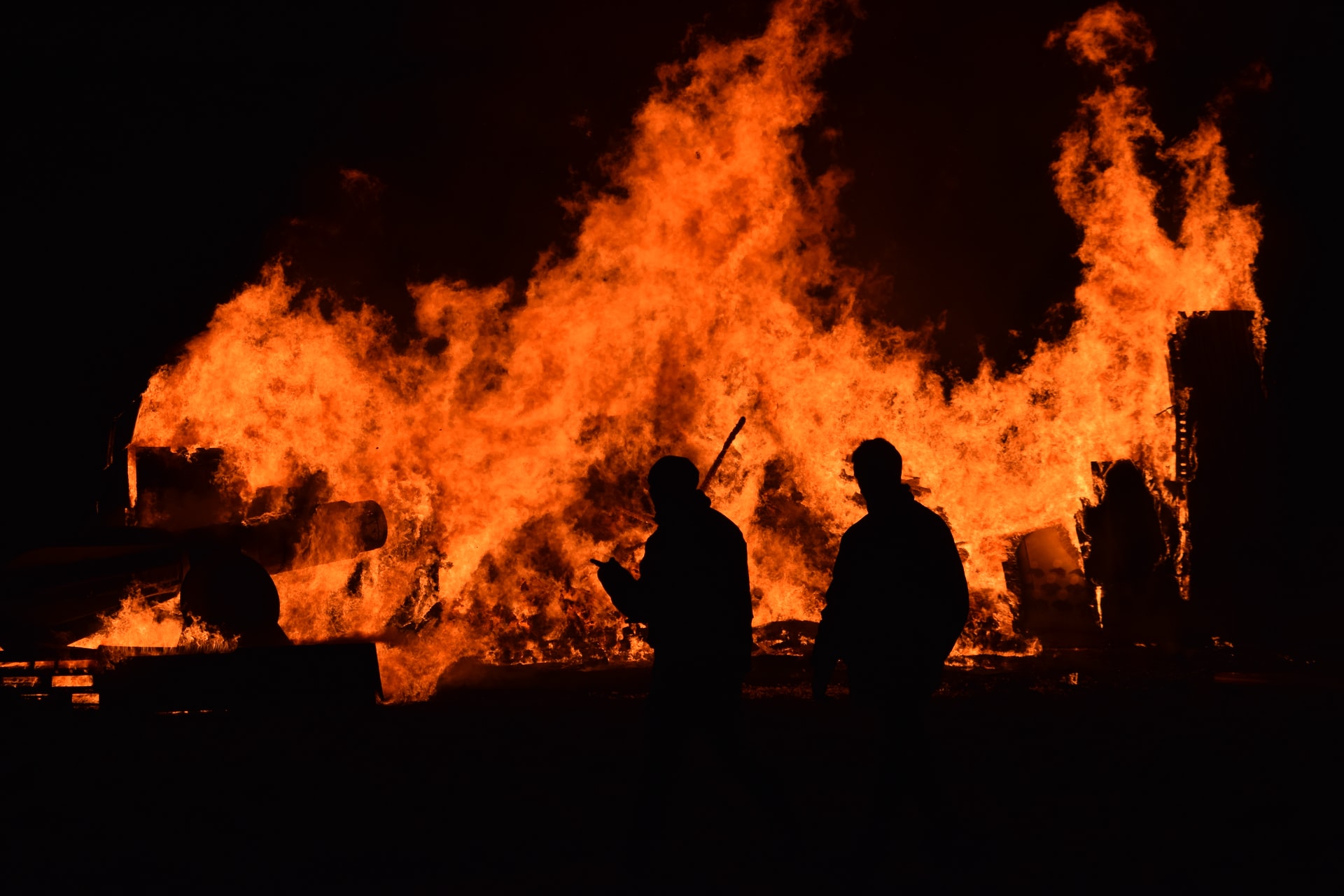
Photo by Issy Bailey on Unsplash
Conclusion
Wildfires are a necessary “evil”. They are a natural step in ecological regeneration and advancement. However, human activities have destroyed this balance and ignoring actions which lead to the loss of billions of animals, the alarming destruction of habitat and nature, and the loss of human lives, constitutes a grave threat to our future and the entire planet as we know it.
If you want to know more about the daily struggles of fighting wildfires and what communities are doing to prevent their spread, there are numerous volunteer associations that you can support.
If you are interested in keeping up with the Californian efforts, you can follow the California State Firefighters’ Association here: https://www.instagram.com/csfafire/. Australia has its own volunteer association called the Country Fire Authority and you can find them here: https://www.facebook.com/cfavic/.
Lastly, we are currently working with the Civil Defense volunteer community in Lebanon, and you can follow more of their work here: https://www.instagram.com/ayvazoskii/. You can also read more about Team 7’s struggles in fighting wildfires on our website: https://thehaguepeace.org/site/project/lebanon-firefighting-campaign/.
Written by Iulia Manole
Useful Resources
The planet has lost more than one billion acres of forest to deforestation since 1990. The biggest human causes of deforestation are farming, raising cattle for dairy and meat and the uncontrolled cultivation of crops like rubber and palm oil.
EcoWatch has created a guide that explains why we should care about deforestation, where and why it’s happening, and ways we can combat it:
Deforestation 101: Everything You Need to Know
https://www.ecowatch.com/deforestation-explained.html
Article Sources
- Pausas J and Keeley J, “Wildfires as an Ecosystem Service” (2019) 17 Frontiers in Ecology and the Environment 289.
- “Wildfires” (National Geographic Society May 20, 2022) <https://education.nationalgeographic.org/resource/wildfires> accessed June 24, 2022 .
- “WWF Report: Increasing Forest Fires Are a Crisis for the Planet” (WWF August 27, 2020) <https://www.wwf.org.co/en/?364633/Increasing-forest-fires-are-a-crisis-for-the-planet> accessed June 24, 2022.
- Global S&T Development Trend Analysis Platform of Resources and Environment. 2021. OBSERVER: Unprecedented mobilisation of Copernicus EMS during the 2021 Mediterranean Wildfire crisis. [online] Available at: <http://119.78.100.173/C666/handle/2XK7JSWQ/339615> [Accessed 24 June 2022].
- “Wildfires: How They Form, And Why They’re So Dangerous” (National Geographic Society May 20, 2022) <https://education.nationalgeographic.org/resource/wildfires-how-they-form-and-why-theyre-so-dangerous> accessed 24 June, 2022.
- Park Williams, John Abatzoglou et al., “Observed Impacts of Anthropogenic Climate Change on Wildfire in California” (2019) 7 Earth’s Future 892.
- Sönnichsen, “Area Burned by Wildfires in the U.S. 2021, by State” (Statista June 21, 2022) <https://www.statista.com/statistics/217072/number-of-fires-and-acres-burned-due-to-us-wildfires/> accessed 24 June, 2022.
- Andrew Moore, “Explainer: How Wildfires Start and Spread” (College of Natural Resources News December 3, 2021) <https://cnr.ncsu.edu/news/2021/12/explainer-how-wildfires-start-and-spread/> accessed 24 June, 2022.
- “Wildfire Causes and Evaluations” (National Park Service March 8, 2022) <https://www.nps.gov/articles/wildfire-causes-and-evaluation.htm#:~:text=Nearly%2085%20percent*%20of%20wildland,and%20intentional%20acts%20of%20arson> accessed June 24, 2022.
- Amir AghaKouchak, “Anthropogenic Drought: How Humans Affect the Global Ecosystem” (2016) Eos 97.
- “Deforestation and Forest Degradation” (WWF) <https://www.worldwildlife.org/threats/deforestation-and-forest-degradation> accessed June 24, 2022.
- Alberto Fanco-Solis and Claudia Montania, “Dynamics of Deforestation Worldwide: A Structural Decomposition Analysis of Agricultural Land Use in South America” (2021) 109 Land Use Policy 2.
- Todd Ellis et al., “Global Increase in Wildfire Risk Due to Climate-Driven Declines in Fuel Moisture” (2021) 28 Global Change Biology 1544.
- Arie Staal et al., “Feedback Between Drought and Deforestation in the Amazon” (2020) 15 Environmental Research Letters 1.
- Filipe Franca et al., “Reassessing the Role of Cattle and Pasture in Brazil’s Deforestation: A Response to ‘Fire Deforestation, and Livestock: When the Smoke Clears’” (2021) 108 Land Use Policy 1.
- Lucy Jordan et al., “Agribusiness Giant Again Linked to Amazon Deforestation” (Unearthed January 14, 2022) <https://unearthed.greenpeace.org/2022/01/14/agribusiness-giant-cargill-amazon-deforestation/> accessed June 24, 2022.
- Chocolate Scorecard 2022. 2022. Chocolate Scorecard 2022. [online] Available at: <https://www.chocolatescorecard.com/> [Accessed 24 June 2022].
- Dominic Bliss, “The Huge Toll of ‘Fast Fashion’ on the Planet – and Why the Answer Could Be Circular” (National Geographic July 4, 2019) <https://www.nationalgeographic.co.uk/environment/2019/06/the-huge-toll-fast-fashion-the-planet-and-why-the-answer-could-be-circular> accessed June 24, 2022.
- Arindam Samanta and Kaitlyn Perham, “Verisk 2019 Wildfire Risk Analysis Highlights Evolving Peril” (Verisk September 16, 2019) <https://www.verisk.com/insurance/visualize/verisk-2019-wildfire-risk-analysis-highlights-evolving-peril/> accessed June 24, 2022.
- Stuart Davey and A. Sarre, “Editorial: the 2019/20 Black Summer Bushfires” (2020) 83 Australian Forestry 47.
- Marissa Parrott et al., “EmergencyResponse to Australia’s Black Summer 2019–2020: The Role of a Zoo-Based Conservation Organisation in Wildlife Triage, Rescue, and Resilience for the Future” (2021) 11 Animals 1515.
- George Mitri, “The Use of Earth Observation Data in Wildfire Risk Management: A Case Study from Lebanon” 513 in ASM, Applications of space techniques on the natural hazards in the MENA region (Springer 2022).
- States, F., 2022. Certification. [online] FSC United States. Available at: <https://us.fsc.org/en-us/certification> [Accessed June 24, 2022].
- Rainforest Alliance. 2022. What Does “Rainforest Alliance Certified” Mean?. [online] Available at: <https://www.rainforest-alliance.org/insights/what-does-rainforest-alliance-certified-mean/#:~:text=The%20Rainforest%20Alliance%20certification%20seal,and%20nature%20thrive%20in%20harmony> [Accessed June 24, 2022].
- Fair Trade Certified. 2022. Fair Trade Certified. [online] Available at: <https://www.fairtradecertified.org/> [Accessed June 24, 2022].
- Fairtrade America. 2022. Home. [online] Available at: <https://www.fairtradeamerica.org/> [Accessed June 24, 2022].
- org. 2022. Homepage. [online] Available at: <https://rspo.org/> [Accessed June 24, 2022].
Help Lebanon Beat the Fires
Photo by Mike Newbry on Unsplash
Whoever you are, together we can make a critical and direct impact on the preservation of forests and people’s lives in Lebanon. Support our campaign!
This is a crowdfunding campaign to support volunteer firefighters in their acquisition of firefighting equipment. This campaign is in collaboration with Team 7, Lebanon.
Together we can Make Change!
Donate Now
Your one-off or monthly donation makes a big difference!
Follow us
Follow us on YouTube, Instagram, Twitter, and Facebook
Collaborate
Interested in collaborating or volunteering?
